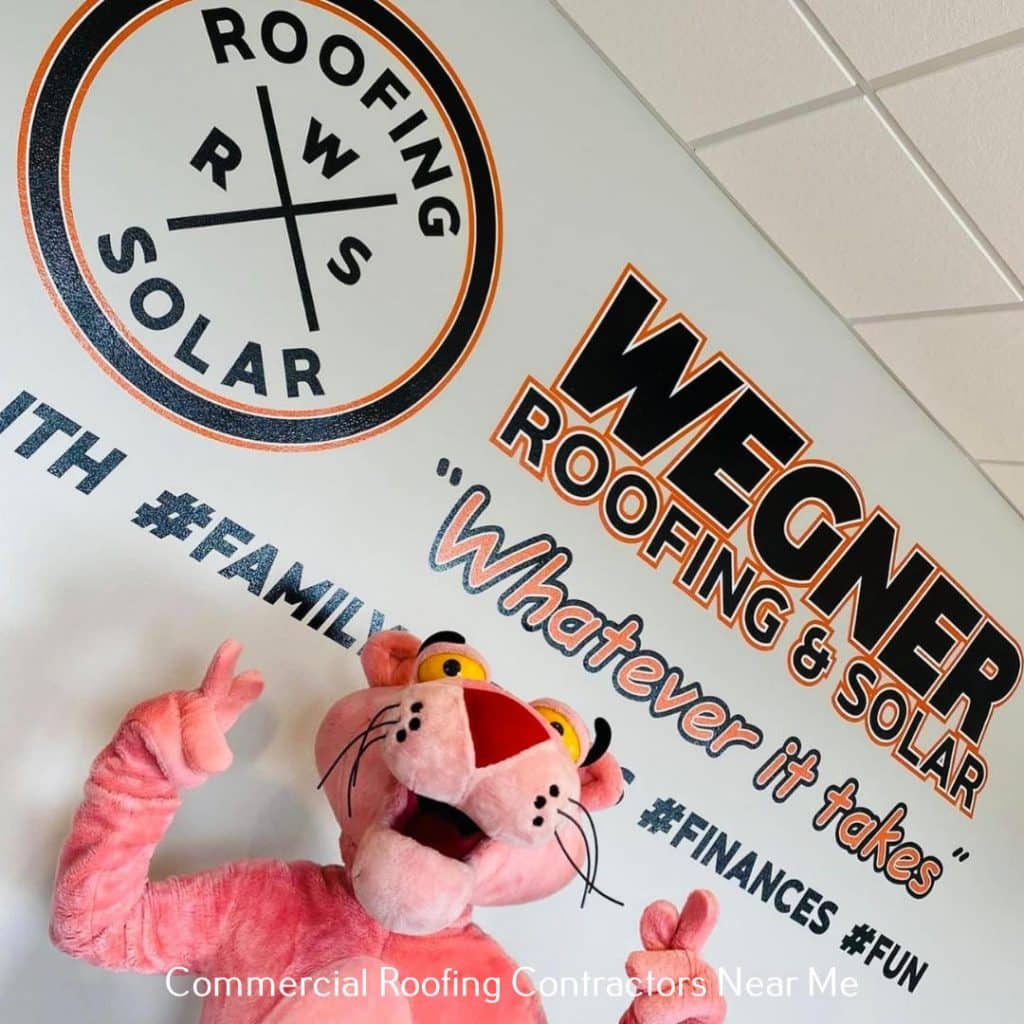Nestled in the heart of Des Moines, Iowa, the Pappajohn Sculpture Park stands as a testament to the city’s commitment to fostering artistic expression and enriching the urban landscape. Spanning 4.4 acres, this open-air museum captivates visitors with its impressive collection of contemporary sculptures, creating a dynamic and accessible space that seamlessly integrates art into the daily lives of residents and visitors alike. Visit this link for more information.
A Visionary Beginning: The Pappajohn Sculpture Park’s Origins
Established in 2009, the Pappajohn Sculpture Park results from a generous donation by prominent art collectors John and Mary Pappajohn. Their vision was to create a public space where world-class contemporary art could be enjoyed by all, free of charge. The park, situated in Western Gateway Park, quickly became a cultural landmark and a point of pride for the Des Moines community. Read about American Legion Park: Honoring Veterans and Fostering Community Bonds in West Des Moines, IA here.

The Pappajohns’ donation included 28 sculptures by renowned artists, transforming a former industrial site into a vibrant outdoor gallery. The park’s design, by landscape architect Michael Van Valkenburgh, was carefully planned to complement the sculptures while providing a welcoming and engaging environment.
A Walk Amongst Masterpieces: The Sculpture Collection
The Pappajohn Sculpture Park is home to an impressive array of sculptures by both national and international artists, creating a diverse and thought-provoking collection. From the iconic “Nomade” by Jaume Plensa, a monumental figure crafted from letters of the alphabet to the abstract forms of Louise Bourgeois’ “Spider,” each sculpture contributes to the park’s dynamic visual tapestry.
Visitors can meander through the park’s pathways, discovering sculptures that range from the whimsical to the contemplative. Notable works include the minimalist elegance of Ellsworth Kelly’s “Red, Black, Blue,” the kinetic energy of Mark di Suvero’s “The Calling,” and the reflective surfaces of Tony Cragg’s “Mixed Feelings.” The carefully curated collection invites viewers to engage with the art on a personal level, encouraging contemplation and dialogue.
Community Engagement: Programs and Events
The Pappajohn Sculpture Park actively engages with the community through a variety of educational programs and events. Guided tours, both virtual and in-person, offer insights into the artists’ creative processes and the historical context of each sculpture. These tours cater to all ages, providing an enriching experience for students, art enthusiasts, and families alike.
Special events, such as artist talks, workshops, and outdoor performances, bring the park to life throughout the year. The park’s management collaborates with local schools to integrate art education into curricula, fostering a love for creativity and cultural appreciation among the younger generation.
Landscape Design: Nature and Art in Harmony
The park’s landscape design, with its carefully manicured lawns, meandering pathways, and strategically placed seating, complements the sculptures and enhances the overall experience. The integration of native plants and green spaces ensures that the Pappajohn Sculpture Park is not only an artistic oasis but also a natural refuge within the urban environment.
The park’s flora’s seasonal changes, from vibrant spring blooms to the rich hues of autumn, add an extra layer of beauty. This harmonious blend of nature and art creates a serene atmosphere where visitors can escape the hustle and bustle of city life while immersing themselves in a world of creativity.
Preserving Art for Generations: Conservation and Expansion
As a custodian of contemporary art, the Pappajohn Sculpture Park takes its responsibility for conservation seriously. Regular maintenance and preservation efforts ensure that each sculpture remains pristine, allowing future generations to continue enjoying these masterpieces.
The park’s commitment to expanding its collection contributes to Des Moines’ evolving cultural landscape. Collaborations with artists, curators, and donors ensure that the Pappajohn Sculpture Park remains a dynamic and ever-changing showcase of contemporary art, reflecting the ongoing evolution of artistic expression.
Conclusion: A Cultural Gem in Des Moines
In conclusion, the Pappajohn Sculpture Park in Des Moines, IA, stands as a testament to the transformative power of art within urban spaces. Its visionary origins, diverse sculpture collection, community engagement initiatives, thoughtful landscape design, and commitment to preservation make it a cultural gem that enriches the lives of all who visit. As the park continues to evolve and captivate new audiences, it remains a vibrant symbol of Des Moines’ dedication to fostering creativity, cultural appreciation, and accessibility to the arts.


